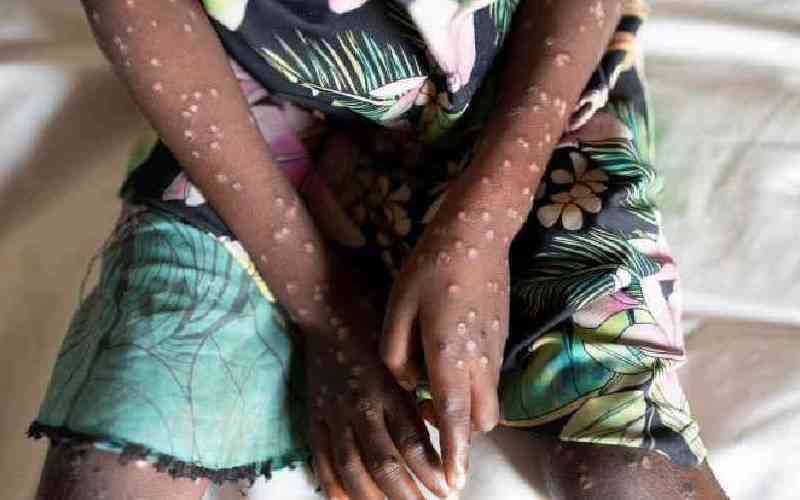Experts say the eye cancer, scientifically known as retinoblastoma (RB), usually develops in early childhood before the age of five. Nearly half of the eye cancer cases are associated with a hereditary genetic defect.
A congenital mutation in the gene within the retina, the specialised light sensitive tissue at the back of the eye, triggers the complications.
It is the retina that sends signals through the optic nerve to the brain where they are interpreted and registered as images. Head of ophthalmological services in the Ministry of Health Michael Gichangi says the condition is categorised into germinal and non-germinal. The former has mutations occurring in all body cells, including reproductive ones if not arrested and tackled early and may be passed on to the next generation, while the latter has mutations occurring only in the eye and is not passed on to the offspring.
He says the cancer may occur in one or both eyes. Dr Gichangi says the common symptom of eye cancer is an abnormal appearance of the retina when viewed through the pupil. “A white glow known as leucoria could be a telltale sign and a doctor should be consulted immediately when it is spotted. Also suspect is a malignant red speckle in one eye,” he says. He explains that a squint or cross eye in a baby must be checked as it could be sign of the cancer. The physician advises parents with a family history of eye cancer to have their children tested at birth.
Gichangi says the cancer is treatable if diagnosed early before it spreads from the eye to the rest of the body.
“The affected eye or eyes can be removed to save life and replaced with prosthesis if damage is found. If identified very early, laser treatment is today available to nip it in the bud with the result that sight is fully restored.
“Where small children have to be subjected to radio therapy, risks include physical deformation as their bodies are not strong enough to withstand the treatment,” he says.
 The Standard Group Plc is a multi-media organization with investments in media platforms spanning newspaper print
operations, television, radio broadcasting, digital and online services. The Standard Group is recognized as a
leading multi-media house in Kenya with a key influence in matters of national and international interest.
The Standard Group Plc is a multi-media organization with investments in media platforms spanning newspaper print
operations, television, radio broadcasting, digital and online services. The Standard Group is recognized as a
leading multi-media house in Kenya with a key influence in matters of national and international interest.











